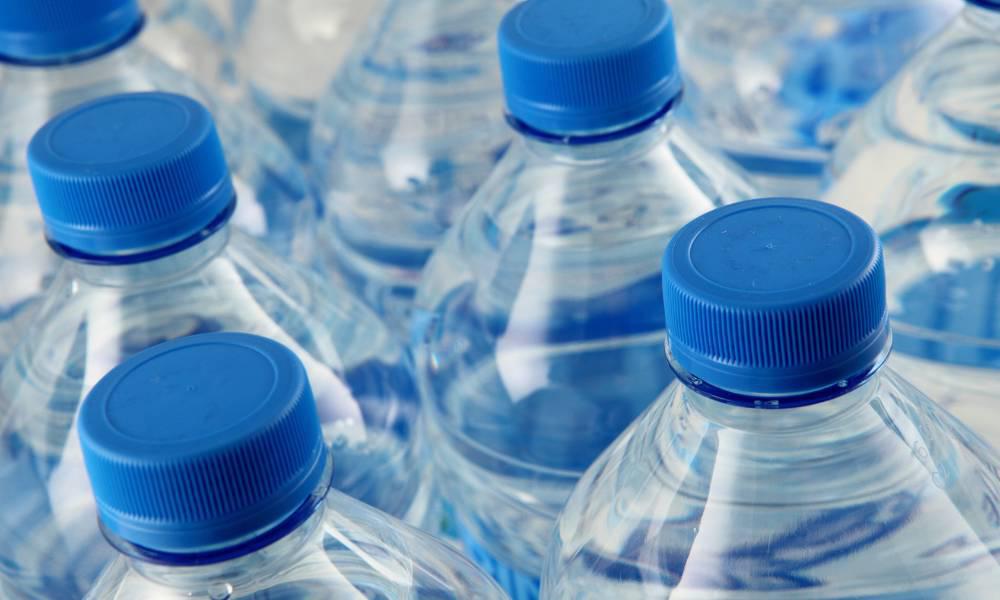Here at Run Republic, we have one thing in common. You guessed it, we like to run. Some for mental clarity, some like to push their boundaries, and some love the community. My own reasons could be deemed as more superficial than that. I have struggled with my weight most of my life and have been after the silver bullet of weight loss for many years. I hoped to uncover the secret to shedding the pounds that didn’t include diet and exercise. Throughout this futile pursuit, I was sold my fair share of snake oil, magic diets, ‘fat-busting’ workout programs, waist trainers, and everything else under the sun you can possibly imagine and probably came across on different social media platforms.
The sum total of these wasted efforts: they were about as expensive as they were unsustainable and/or ineffective.
But what does any of this have to do with water weight? Now see, eventually, I found the right path. I gave up on influencers and turned to peer-reviewed studies, started treatment for my depression and binge eating disorder (maybe that’s an article for another day), and started working out and eating a healthy diet.
Rome wasn’t built in a day, but after two weeks of sticking to both my diet and exercise, I stepped on the scale in good spirits. Then, I took a double take. And another one.
Not only I haven’t lost weight, I gained weight.
My initial reaction was not fit for publication.
Where did I go wrong? Could it really be that I was just meant to be some 50 lbs overweight? My knees screamed in agony after a long day of walking and I was out of breath walking up a flight of stairs – I refused to believe this is how I was meant to exist. So what gives?
It’s water weight. Well, that and something else.
The unsurprising: Sore muscles retain water
Whenever you have muscle soreness it means that you have inflammation-related water weight. This happens whenever you use your muscles in new ways (and most of my muscles were pretty out of practice). Soreness is caused by inflammation that is accompanied by localized edema (aka swelling). The gluteus maximus is the largest muscle in the human body which of course activates while running. Large muscles with localized edema = water weight. Whenever you start a new running or weight-lifting routine, chances are, it’s not only your buttocks that you’re using. When you ache all over, you’re retaining water all over.
The good news is, this is only temporary! You can expect this water to leave in 4-6 weeks.
The unexpected: There will be (more) blood
On average, fit people have 1 litre of more blood than unfit people of the same size. Cardio leads to an immediate increase in blood volume (this takes place within the same hour as the cardio activity!). In response to this, your kidney starts to retain water, even more so as you get dehydrated during exercise. This will later be compensated by increased blood volume to prevent future dehydration. By the end of week one, your blood volume will have increased by 20%, and during week two your bone marrow will produce more blood cells which also have some weight. A liter of blood weighs 2.2 lbs so depending on your height and weight this can be a good couple of pounds.
This is not weight that you should expect or even want to lose – increased blood volume is a sign of good fitness and a classic adaptation to cardio.
The one for people with periods: Your cycle has no mercy
I won’t linger on this point, if you’re a person who gets periods, just know that your hormonal cycle has very little consideration of your aesthetic goals.
The combination of increased blood volume and water retention from muscle soreness can bolster the number on the scale for up to six weeks and mask the fat loss that is taking place. The good news is that fat loss is taking place and you just need some patience. You might have heard people talk about the “whoosh effect” where they miraculously shed up to 5 pounds seemingly overnight. The “whoosh effect” isn’t a medically or scientifically approved term but it sure rolls off the tongue better than saying “Early resistance training-induced increases in muscle cross-sectional area are concomitant with edema-induced muscle swelling is finally gone!” (which is also one of the studies I used as a source for this article).
In conclusion, starting to be active is one of the best decisions you will have made for yourself.
Waiting for six weeks for the water to fall off seems like a long time but the truth is, six weeks will pass regardless.
Whenever you’re ready, our community is here for you. It’s up to you to start but you don’t have to do it alone! Check out these park runs and hopefully, we’ll see you soon. :)
